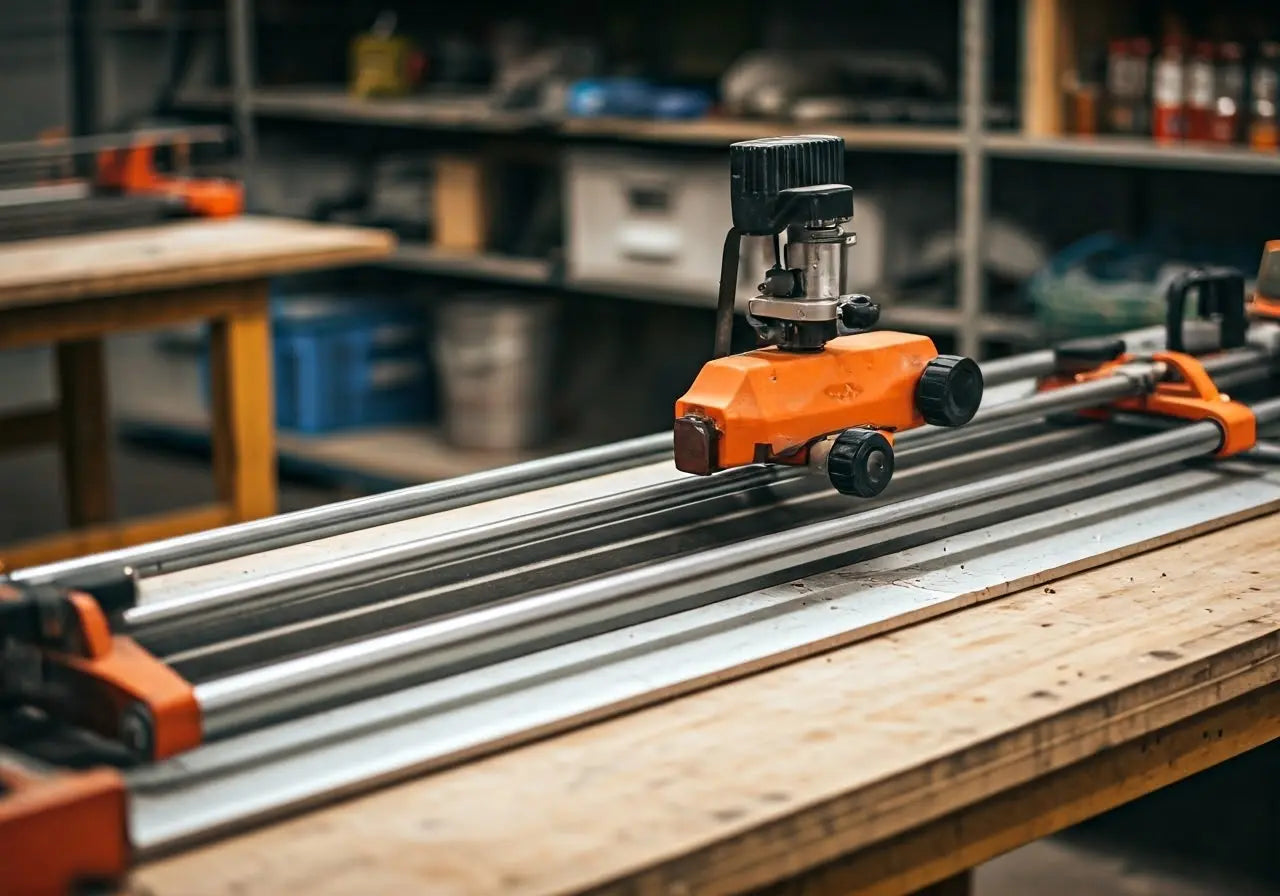In today’s fast-paced construction world, efficiency and precision are crucial. For modern professionals, having the right tools can make all the difference, especially when it comes to tile cutting. Whether you’re a seasoned contractor or a DIY enthusiast, finding innovative tile cutter solutions is key to completing projects smoothly and with top-notch results.
Understanding the Basics: Different Types of Tile Cutters
Before diving into innovative solutions, it’s important to understand the basic types of tile cutters. These include manual tile cutters, electric cutters, and wet saws, each with its own unique features and uses. Manual tile cutters are popular for their simplicity and cost-effectiveness, allowing for smooth, accurate cuts with minimal effort. They are perfect for small projects or when working with less dense materials such as ceramic tiles. For more challenging projects, electric tile cutters come into play, offering greater power and versatility. These machines handle a wide variety of materials, from porcelain to stone, delivering precise results every time. Then there are wet saws which utilize water to cool down the blade, reducing dust and ensuring a clean, straight cut, especially useful for larger tiles. Understanding their differences is essential for selecting the right tool for your project.
Choosing between these options can often depend on the specific material being cut and the scope of the work. Manual cutters, for example, are excellent for straightforward jobs that require no fanciful cuts or trimming, providing an easy-to-use, portable solution. Electric cutters extend this capability, suitable for more complex installations with varying tile designs and thicknesses. Wet saws, while slightly bulkier, provide unparalleled precision and cleanliness in cutting, especially when dealing with tougher materials like stone and thick porcelain tiles. Each type of cutter serves its own purpose, and understanding these purposes can help professionals work more efficiently, saving both time and resources.
The Role of Innovation in Tile Cutting Tools
Innovation in the tool industry has brought about significant advancements in tile cutting technologies. From laser-guided cutting systems to ergonomic designs, these innovations aim to make tile cutting more precise and less labor-intensive. One remarkable advancement is the introduction of dust containment technology that negates the need for water, offering a cleaner, less messy process. This is particularly evident in models like the iQTS244, which cater to professionals seeking to uphold stringent workspace hygiene without compromising on efficiency.
Another significant innovation is the advent of smart tile cutters that incorporate high-efficiency blades and superior dust control systems, as seen with the iQ228 Cyclone. These features add tremendous value by not only delivering precise cuts but also ensuring the health and safety of the user by minimizing airborne dust. With such advancements, professionals no longer have to worry about potential hazards that were once inevitable with traditional cutting methods. This level of convenience and safety elevates professional standards in tile cutting, making cutting-edge innovations indispensable in modern construction settings.
Key Features to Look for in a Modern Tile Cutter
When selecting a tile cutter, there are several key features to consider. These include cutting accuracy, ease of use, portability, and the ability to handle various tile materials and thicknesses. Precision cutting systems are essential for any tile cutter, as they ensure that cuts are clean and precise, which is crucial for achieving a professional look. Portable models are particularly beneficial for job sites where mobility is a must, allowing professionals to move freely and adjust quickly to different tasks.
A major consideration should be the saw’s ability to integrate seamlessly with dust control features, minimizing clean-up time and enhancing safety on the job. The iQ252, for instance, exemplifies such innovation, crafted for professional contractors who demand both precision and efficiency. Evaluating a cutter’s capability to adapt to various tile types—ranging from ceramic to hard porcelain—ensures versatility in tackling any project with confidence. Ultimately, focusing on these features enables professionals to harness the full potential of their tools, delivering exceptional craftsmanship and client satisfaction.
Top Innovative Tile Cutter Models for Professionals
Exploring some of the top tile cutter models available today, we discuss their unique features, advantages, and how they cater to the needs of modern professionals. The iQTS244 10” Dry Cut Tile Saw stands out as a leader in innovation with its integrated dust containment feature, allowing for waterless operation without sacrificing cutting precision on materials like ceramic, marble, and stone. This model is particularly advantageous for contractors who require a clean, efficient workspace without the constraints of traditional wet saws.
Another significant player in the market is the iQ228 Cyclone, which offers a compact yet powerful solution with its 7” dry cutting table and integrated dust control. Its lightweight design makes it perfect for both small and large scale projects, providing the agility and ease needed for intricate cuts. Both of these models encapsulate the essence of modern demands—providing tools that are not just functional but exceptionally efficient, revolutionizing how professionals tackle various tiling tasks with precision and ease.
Maximizing Efficiency with Proper Tile Cutter Maintenance
Maintaining your tile cutter is crucial for ensuring its longevity and optimal performance. Regular cleaning, blade replacement, and proper storage are essential practices for keeping your tool in top shape. An often understated aspect of maintenance is the necessity of using appropriate cleaning solutions to prevent buildup on the blade and other functional parts. This not only extends the life of the tool but ensures that each cut remains sharp and precise, thereby avoiding costly mistakes or tool failures in critical moments.
Furthermore, conducting routine inspections of blade integrity can help detect early signs of wear or damage that could compromise cutting quality. It is also advisable to store the cutter in a dry, secure place where it is protected from elements that can cause rust or other forms of degradation. Adhering to these maintenance tips promises uninterrupted productivity and guarantees that your tile cutter remains a reliable asset in your toolkit. By prioritizing care and attention to detail, professional results will always be within reach, reinforcing the value of investing in high-quality, well-maintained cutting tools.
The Future of Tile Cutting
Choosing the right tile cutter is essential for achieving professional results. With technological innovations and an array of options, modern professionals can find tools that align with their specific needs and project requirements. Investing in advanced tile cutting technology not only enhances efficiency but also ensures precision, making it a worthwhile addition to any toolkit. Visit our homepage to explore the latest tools in tile cutting to elevate your projects.





Leave a comment
This site is protected by hCaptcha and the hCaptcha Privacy Policy and Terms of Service apply.